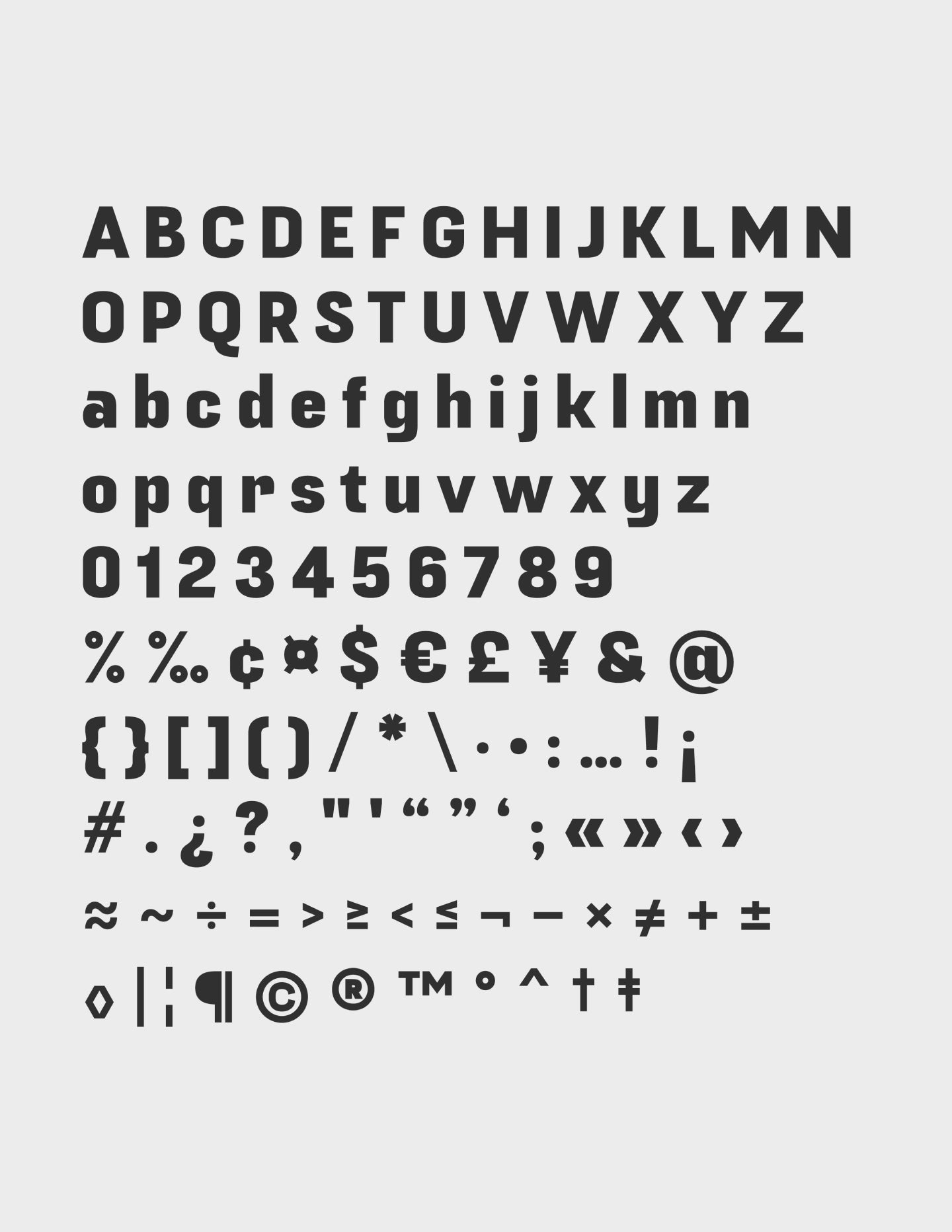Fuji Sans
Inspired by Japanese clarity. Built for bold design.
Free to try
Licenses start at $40

Fuji Sans style list
4 Styles
01234567
{(!@#$?&)}
01234567
{(!@#$?&)}
- Light 300
- Regular 400
- Medium 500
- Bold 700




Fuji Sans
Glyphs set overview
Glyphs set overview
Glyphs View




Strength in simplicity. Beauty in form.
Fuji Sans is a beautiful bold sans-serif grotesk. Its slightly condensed feature and structured curves make this font a perfect fit for those bold designs and brands.
Designer
Categories
- Grotesk
- Sans Serif
- Variable
Styles
- 4 Styles
4 Styles with 350 Glyphs each
Version
1.10
Latest update: March 2016
Available formats
OTF, TTF, WOFF, WOFF2
Language Support
Afrikaans, Basque, Breton, Catalan, Croatian, Czech, Danish, Dutch, English, Estonian, Finnish, French, Gaelic, German, Hungarian, Icelandic, Indonesian, Irish, Italian, Latvian, Lituanian, Norwegian, Polish, Portuguese, Romanian, Russian, Saami, Serbian, Slovak, Slovenian, Spanish, Swahili, Swedish, Turkish ... (and more)
Commercial Licenses
Not sure what to get? Or can’t find the right coverage?
Please contact us for our tailored corporate licenses!
Need more information about our licenses?
Our FAQ usually contains most of the answers.





